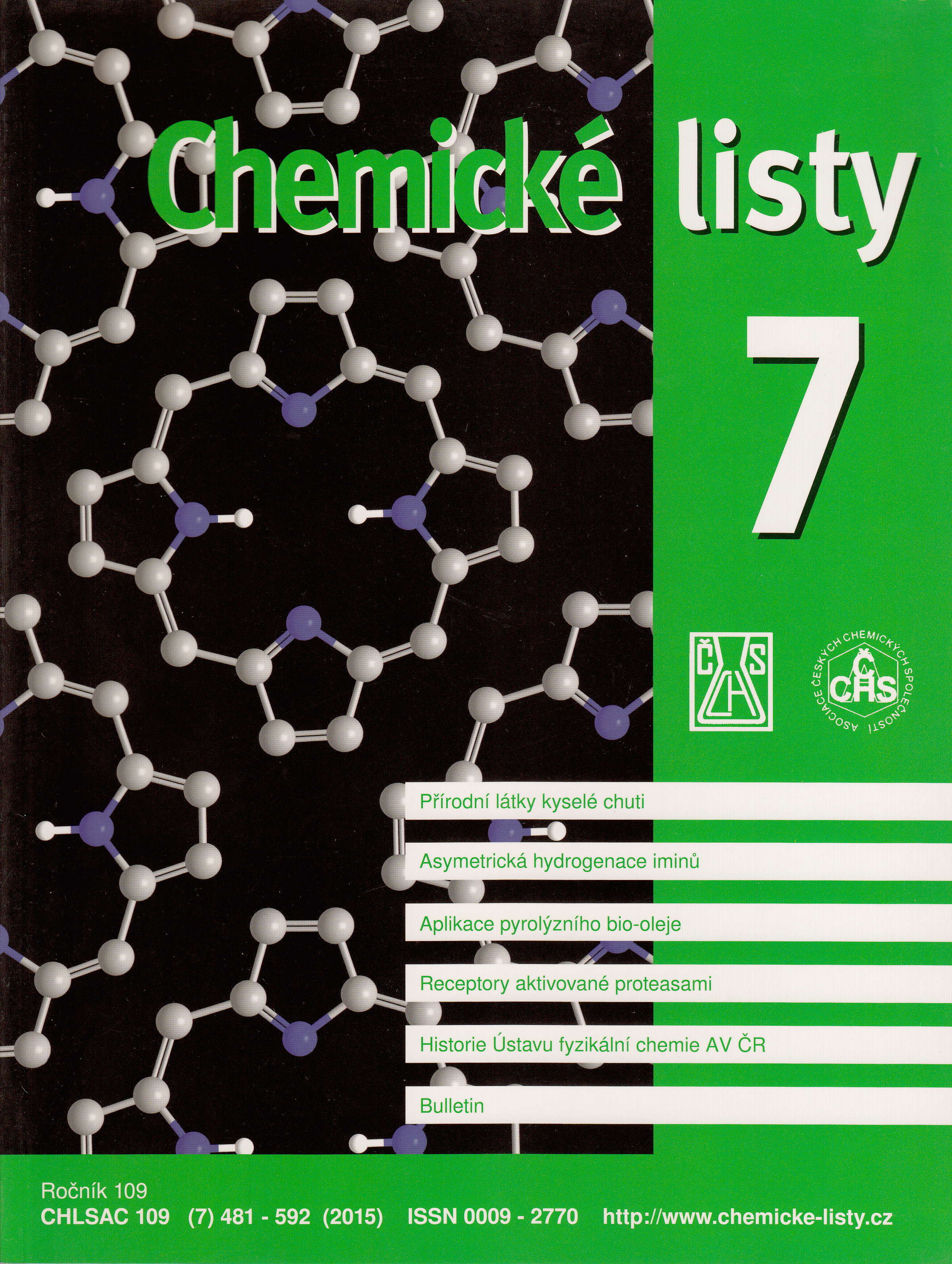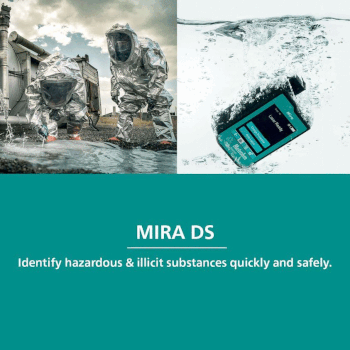Protease-Activated Receptors: Activation, Inhibition and Pharmaceutical Relevance
Keywords:
protease activated receptors, PAR, signalization, peptides, inhibitors, thrombin, trypsin, therapyAbstract
Protease-activated receptors (PARs) are transmembrane proteins which rank among G-protein-coupled receptors. So far, four PARs (PAR1-4) have been described. They are activated by a protease cleavage at the N‑terminal part of the receptor. Through the cleavage a new N-terminus appears which acts as a ligand activating the receptor. A peptide of the same amino acid sequence as the new N-terminus can activate the receptor without its cleavage. Some non-specific proteases can cleave PAR receptors at different sites, which results in changes in cell signaling. Higher activities of PARs have been observed under various pathological conditions, such as thrombosis, atherosclerosis, inflammations or neurodegeneration. Specific modulators of PAR signaling are a promising class of compounds with a wide therapeutic potential. First PAR inhibitors were based mainly on the amino acid sequence in the activating peptides. Recently, new, low-molecular-weight, very specific and effective inhibitors have been developed. One of them, vorapaxar, passed the clinical tests and was introduced to the market.





